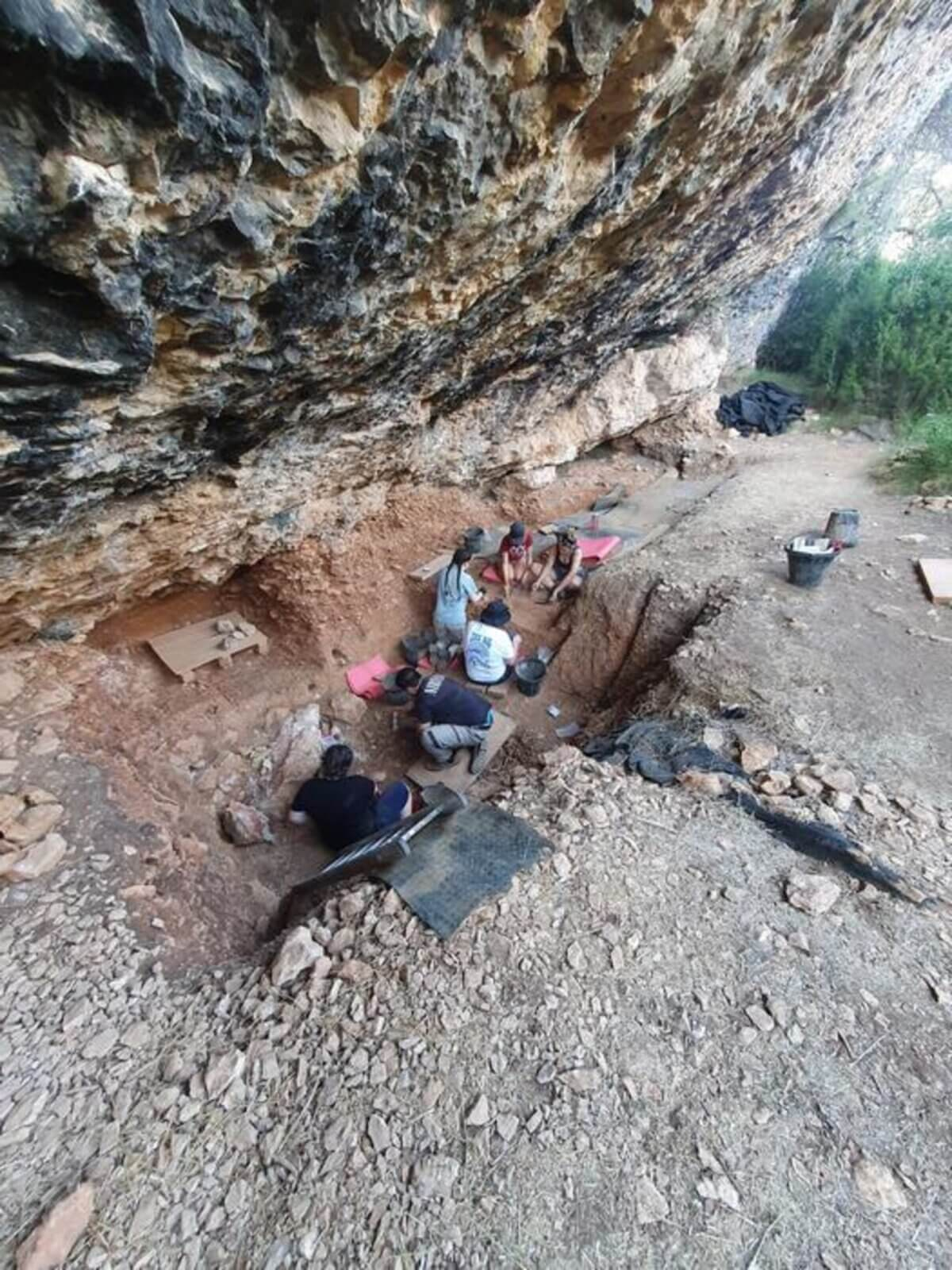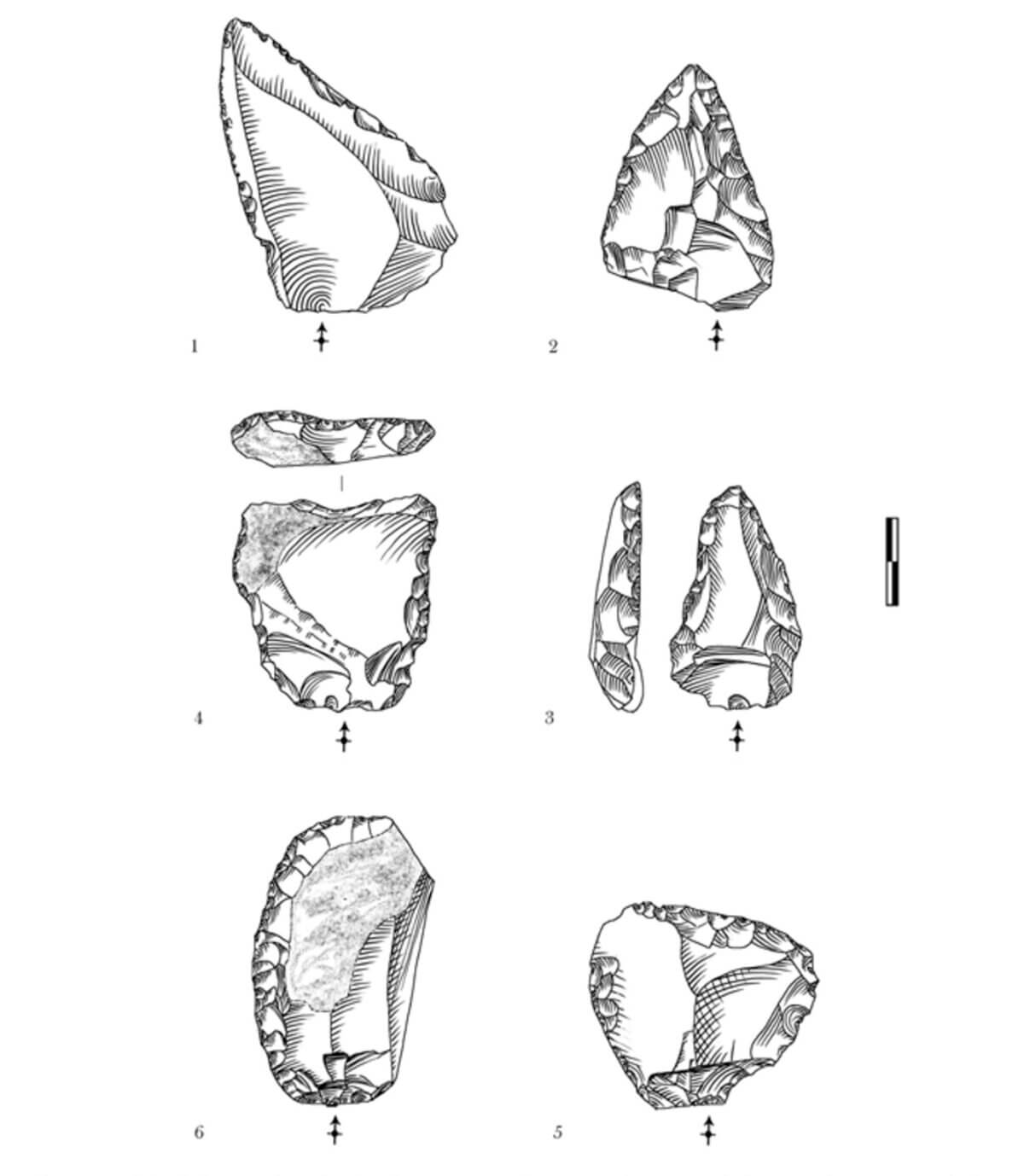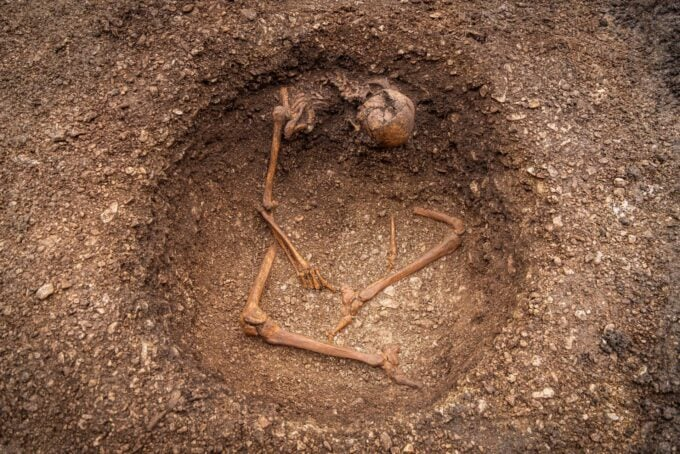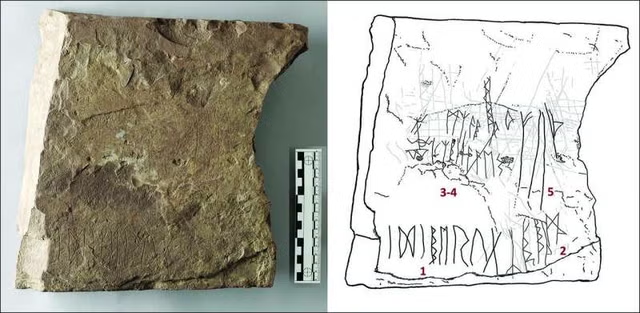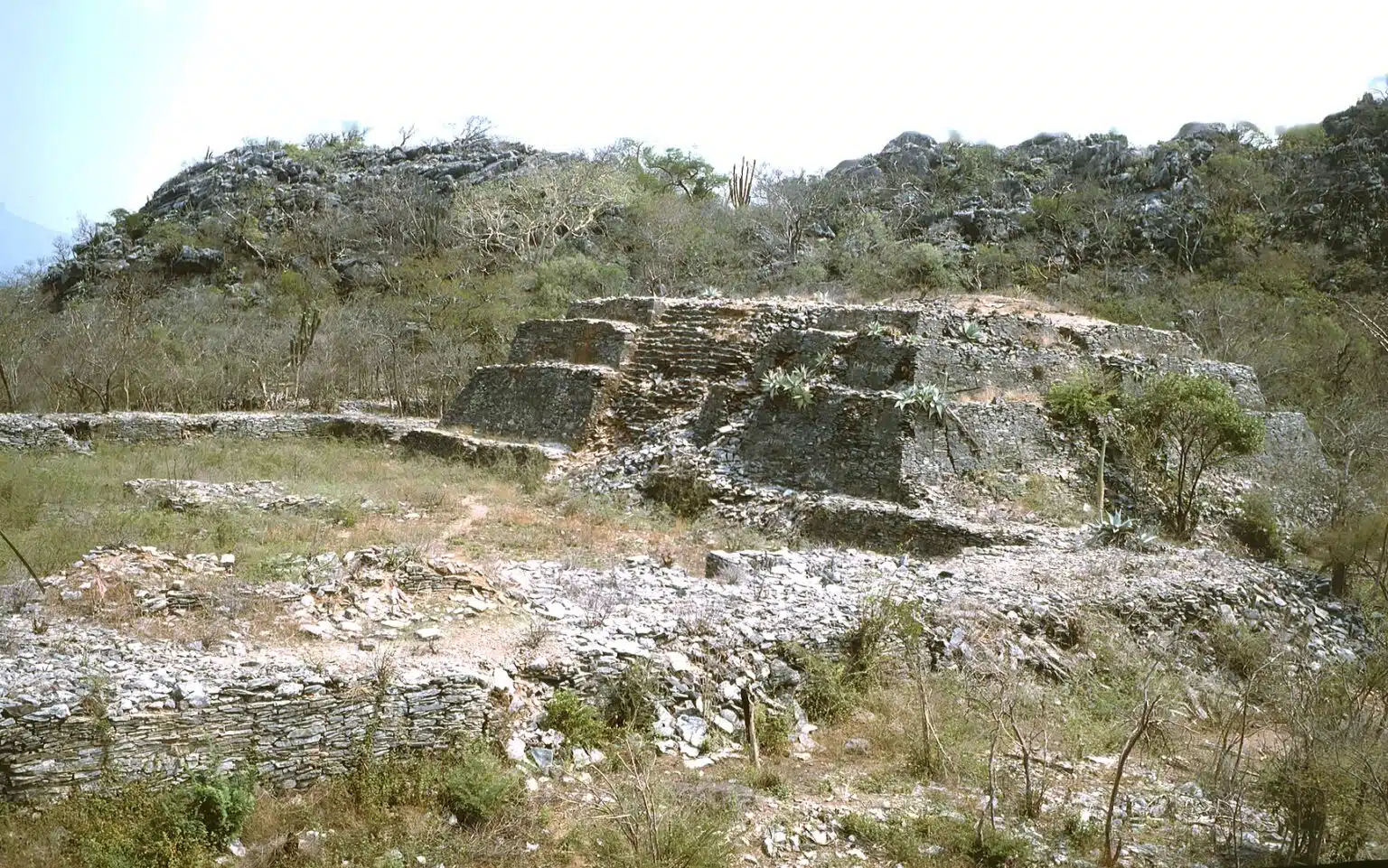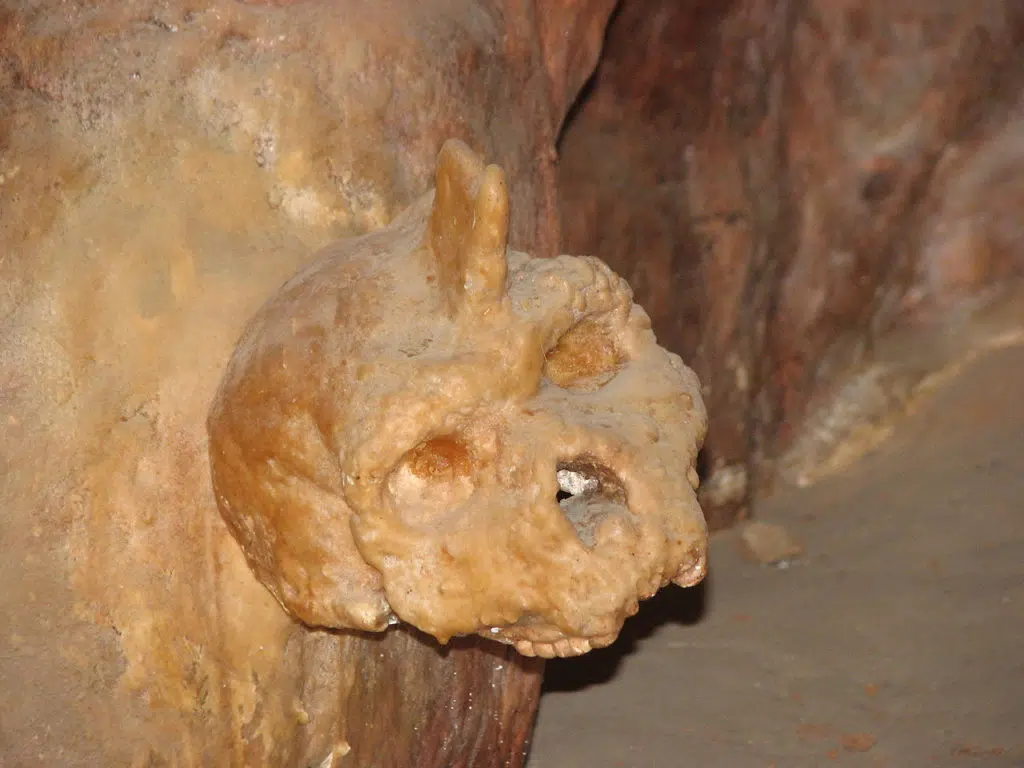Key Takeaways:
A recent archaeological discovery challenges the long-standing view that Neanderthals barely endured the Ice Age. Instead, evidence suggests they adapted and thrived in harsh conditions.
Excavations at the Abric Pizarro rock shelter in Spain uncovered over 29,000 artifacts, revealing Neanderthals as skilled hunters and toolmakers.
The study provides rare insights into Neanderthal life before modern humans arrived in Europe, demonstrating their ability to exploit favorable environments for nearly 300,000 years.
A Revolutionary Discovery in Spain
In the rugged foothills of northeastern Spain, archaeologists have made a groundbreaking discovery that reshapes our understanding of Neanderthals. At Abric Pizarro, one of the few sites worldwide dating between 100,000 and 65,000 years ago, researchers found evidence that Neanderthals not only endured extreme Ice Age conditions but also thrived in them.
Contrary to the long-held belief that this era was too harsh for permanent settlement, findings published in the Journal of Archaeological Science indicate that Neanderthals successfully inhabited the region despite freezing temperatures and extreme droughts. The discovery challenges the outdated stereotype of them as primitive beings struggling for survival.
A Well-Preserved Rock Shelter
Abric Pizarro, discovered in 2007, is a natural refuge located about 2,300 feet above sea level, near the villages of Vilamajor and Tartareu. Measuring approximately 115 feet in length and 21 feet in depth, it provided crucial protection against harsh elements. Within its layers, researchers identified multiple Neanderthal occupation periods, separated by intervals of abandonment, painting a vivid picture of their repeated successful settlements.
ANU archaeologist Dr Sofia Samper Carro says the insights found at Abric Pizarro challenge widespread beliefs that Neanderthals only hunted large animals. (Credit: Sofia Samper Carro)
"Our surprising findings at Abric Pizarro show how adaptable Neanderthals were," said lead researcher Dr. Sofia Samper Carro from The Australian National University. "The animal bones recovered indicate that they hunted large prey like red deer, horses, and bison, but also small animals such as freshwater turtles and rabbits, demonstrating strategic planning."
Advanced Hunting and Tool-Making Skills
Using advanced excavation techniques, researchers meticulously documented every artifact larger than a centimeter using 3D plotting technology. This slow and meticulous approach, spanning over two decades in nearby excavation sites, yielded an unprecedented collection of over 29,000 artifacts and more than 305,000 tiny bone and tool fragments. These finds offer critical insights into how Neanderthals organized their daily lives and utilized their surroundings.
The well-preserved animal bones show clear evidence of butchering techniques, with cut marks indicating how Neanderthals processed their kills. The site’s diverse prey selection—ranging from large mammals to smaller, more agile creatures—demonstrates their adaptability and advanced hunting strategies.
"The presence of turtle remains suggests Neanderthals understood seasonal food availability and planned accordingly," Dr. Samper Carro added.
A Hidden Refuge Amidst Harsh Conditions
One of the most intriguing discoveries at Abric Pizarro was the presence of ancient pollen grains embedded in sediment layers. Instead of revealing a barren, frozen wasteland, the pollen samples showed evidence of a diverse Mediterranean ecosystem, dominated by evergreen oak trees and other flora. This suggests that while much of Europe was gripped by icy conditions, this region provided a relatively mild refuge with abundant resources.
The strategic location of the rock shelter also played a key role in Neanderthal survival. Positioned in a valley with excellent visibility, it provided a safe base for hunting while ensuring access to fresh water and a consistent food supply.
Evolving Technologies and Adaptability
Neanderthals at Abric Pizarro weren’t just skilled hunters; they were also advanced toolmakers. Analysis of stone tools found at the site indicates that their crafting techniques evolved over time. Early occupation layers show one method of tool production, while later layers reveal adaptations and refinements, indicating that Neanderthals innovated based on environmental needs.
"Our analysis of the stone artifacts demonstrates variability in tool production, reflecting Neanderthals' ability to exploit available resources efficiently," Dr. Samper Carro explained.
The variety of tools, each designed for specific purposes, highlights their strategic approach to survival. This contradicts the outdated notion that Neanderthals relied on rudimentary tools and had limited cognitive abilities.
New Insights into Neanderthal Intelligence
The findings at Abric Pizarro provide compelling evidence that Neanderthals possessed advanced survival strategies. They successfully identified optimal habitats, planned hunting expeditions, and refined their tools over time. Their ability to adapt to harsh environments for nearly 300,000 years suggests cognitive abilities far beyond what was previously assumed.
"This site gives us rare insight into how Neanderthals thrived before modern humans arrived," said Dr. Samper Carro. "Rather than merely surviving, they demonstrated remarkable resilience and ingenuity."
Methodology and Research Techniques
The research team used cutting-edge methods to analyze the site, including:
3D Plotting Technology: Every artifact larger than a centimeter was mapped precisely to understand spatial relationships.
Optically Stimulated Luminescence (OSL) Dating: This technique helped determine when sediment layers were last exposed to sunlight, providing accurate timelines.
Uranium-Series Dating of Fossil Teeth: Allowed researchers to estimate the age of buried remains.
Pollen Analysis: Revealed environmental conditions during Neanderthal habitation periods.
Stone Tool and Bone Analysis: Examined cut marks and wear patterns to understand tool-making evolution and butchering techniques.
Final Takeaways and Future Research
The Abric Pizarro findings challenge long-held beliefs about Neanderthals. Instead of being primitive cave dwellers barely eking out an existence, they were highly skilled, adaptive, and resourceful people who thrived in extreme conditions.
While Neanderthals disappeared around 40,000 years ago, likely due to competition with modern humans, the evidence at Abric Pizarro shows they had independently dominated European landscapes for nearly 300,000 years. Future research at the site will continue to unravel more about their advanced survival techniques and cultural practices.
Funding and Acknowledgments
Retouched tools documented in archaeological unit M. 1–3: Simple points; 4: Side scrapper with abrupt retouch; 5–6: Transversal side scrappers. (Credit: Sofia Samper Carro, Journal of Archaeological Science)
This research was conducted by an international team, including scientists from The Australian National University and the Autonomous University of Barcelona (CEPAP-UAB). The project was funded by The Spanish Ministry of Science and Innovation and the Culture Department of the Catalan Government.
Publication Details
The study, “Living on the Edge: Abric Pizarro, a MIS 4 Neanderthal Site in the Lowermost Foothills of the Southeastern Pre-Pyrenees (Lleida, Iberian Peninsula),” was published in the Journal of Archaeological Science, Volume 169 (2024), authored by Sofia C. Samper Carro and colleagues.


